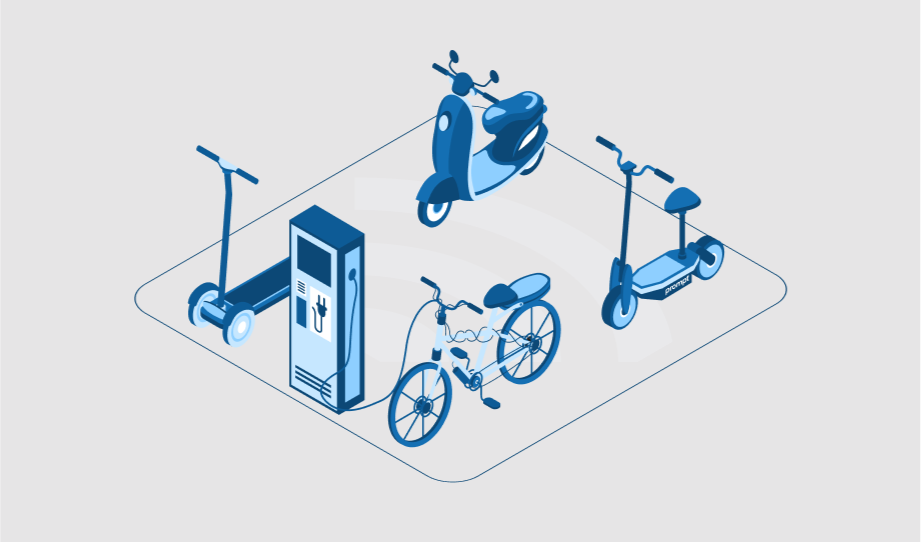What is the Impact of IoT on Global Logistics Development
We all know that today, the logistics market is dynamic and has become competitive. In the…
How IoT supports Electric Vehicle Charging and Keeps EVs Running
The evolution in the vehicle industry is remarkable. The increasing vehicle demand is not just consuming…
Why do We Need Enterprise IoT Solutions for Digital Transformation?
We all are well aware of the changes brought by digital transformation, or we can say…
How IoT Boosts the Micro Mobility Market?
The Internet of Things is no new thing in the tech market. Just look around, and…
How Artificial Intelligence in the App Industry is Changing the Future
"Artificial Intelligence is no more in fiction stories now. Today in our daily life, we can…
How can Artificial Intelligence Boost the Manufacturing Industry?
Today, most of the Giant industries, around 83 percent, believe that AI delivers better outcomes; however,…
Energy Harvesting and IIoT: Sustainability for the Industrial IoT
The world is encountering tremendous economic and ecological changes along with challenges. The futuristic technologies are…
Which Solution is Best for Your Connected Device – Edge or Cloud Computing?
If you have adopted IoT and are developing an IoT-connected device, you may wish to do…
What are Skills and Apps Needed for IoT Mobile App Development?
Nowadays, it is quite apparent that most of the Internet of Things that is IoT solutions…












